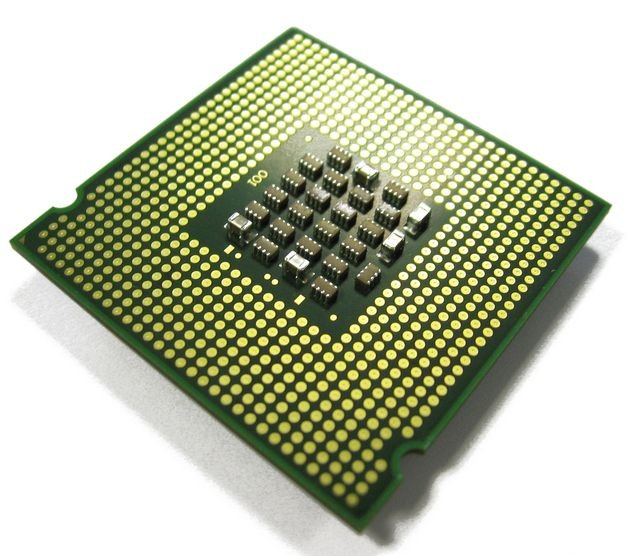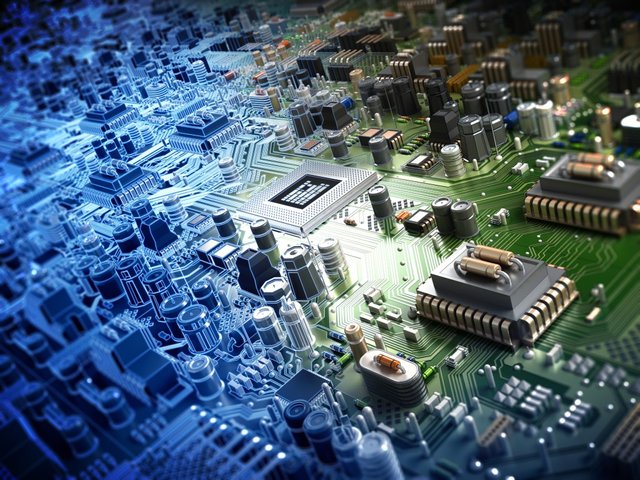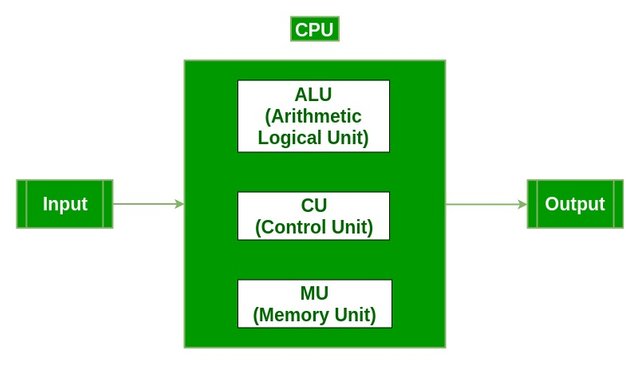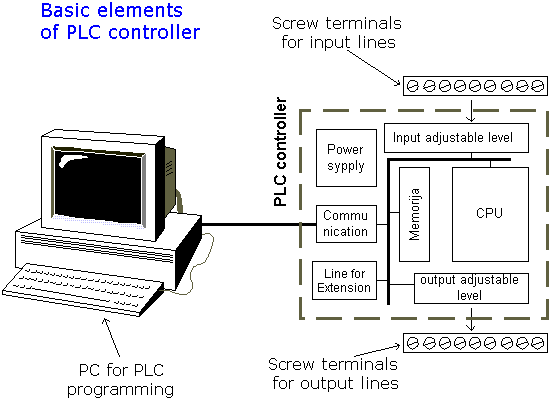Content.
- What is CPU?
- Who is the CPU for?
- What are the components of CPU?
- CPU Features.
- The number of threads.
- Number of cores.
- Energy consumption.
- Clock frequency.
What is CPU?
A CPU is a keyboard or chip that integrates into a motherboard, and contains all the necessary circuits for the operation of an electronic device.
The CPU's job is to perform all the logical and arithmetic operations that the device requires in order for the user to perform the desired action.
Computers can have more than one CPU, such as a multi-core processor (multi-core processor) that connects two CPUs on the same chip. The same is true of custom computers, which incorporate multiple CPUs to accelerate information processing power.
Compared to previous models, the CPU size has been significantly reduced, which is why it is also known as microprocessor.

Who is the CPU for?
The central processing unit is used to "read" and follow instructions from programs installed on a computer, telephone, or other electronic device.
This process is done in four stages.
Search.
The CPU searches for RAM for data that requires instruction to be implemented.
Decoding.
The data is analyzed to understand what the instructions are about.
Implementation.
The code of conduct is followed. This is when the program runs.
Writing.
The search process does the opposite. Data is reloaded, but this time from CPU to memory.

What are the components of CPU?
A central processing unit is made up of:
Control Unit.
This is part of the CPU in charge of finding instructions in the central memory of the device, interpreting the data and sending it to the processing unit for execution.
Process Unit.
Here the instructions received by the control unit are executed by the Mathematical Logic Unit (ALU) which performs basic operations like addition, subtraction, multiplication, logic functions, sign changes etc.
Inbound and Outbound Bus.
This is a system for transferring data through all components of the CPU.
Cache.
The part of the CPU where files that are frequently used by the user are stored, giving them quick access.

CPU Features.
Regardless of their nature, CPUs have a number of features that determine their performance and functionality:

The number of threads.
Threads are program instructions that are responsible for performing multiple tasks simultaneously, and prevent computer performance from being affected.
- They often get entangled with the core, as they also allow multiple tasks to be performed. However, the threads act as part of the software, while the core is the physical components of the processor.
Generally, there are two threads for each core.
Number of cores.
The more cores, the greater the number of tasks the CPU can perform and the faster it can do so.

The source of energy.
CPU power consumption is measured in watts (W) and the higher the capacity of the CPU, the higher the power consumption.

Clock frequency.
This is a measure of CPU power and is measured in MHz or GHz. It is classified into two types.
- Base frequency - the minimum power required by a computer to perform basic tasks, such as power on / off, operating the operating system, etc.

Turbo Frequency.
The power required to implement complex processes, such as video games.

Special Thanks To
@siz-official
@suboohi
@cryptokraze




Downvoting a post can decrease pending rewards and make it less visible. Common reasons:
Submit
Do some powerup and join #club5050 for voting support
Downvoting a post can decrease pending rewards and make it less visible. Common reasons:
Submit
Please try to make power up of your account and showing your commitment to #club5050.
Report,
Downvoting a post can decrease pending rewards and make it less visible. Common reasons:
Submit
You may join #club5050 to get rewards from curators.
Downvoting a post can decrease pending rewards and make it less visible. Common reasons:
Submit